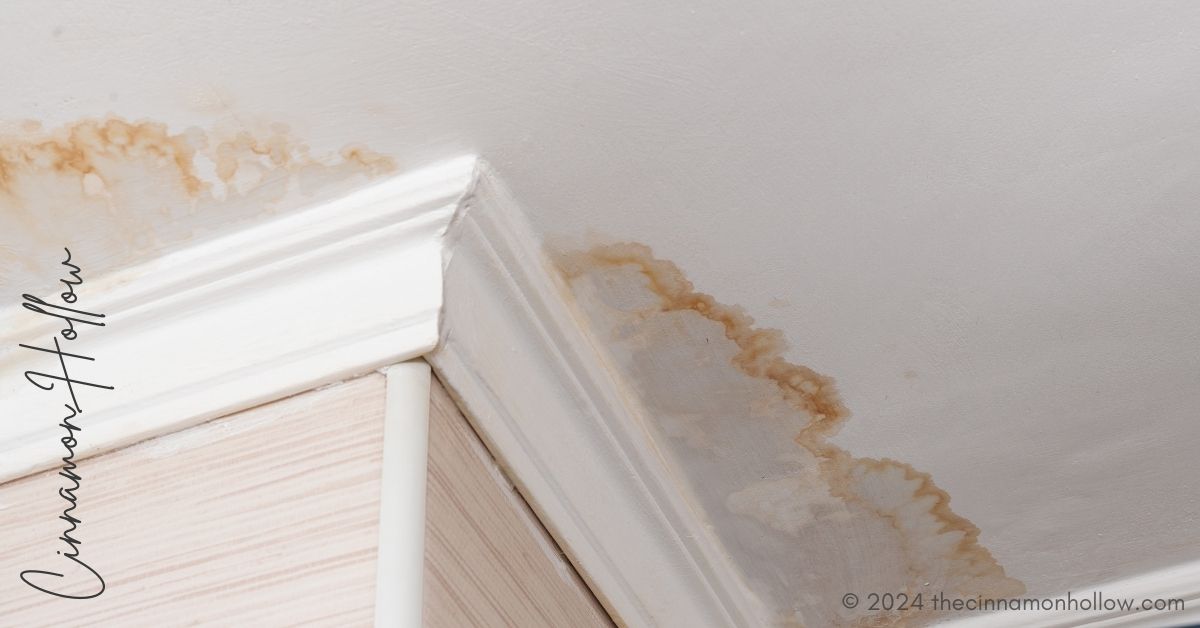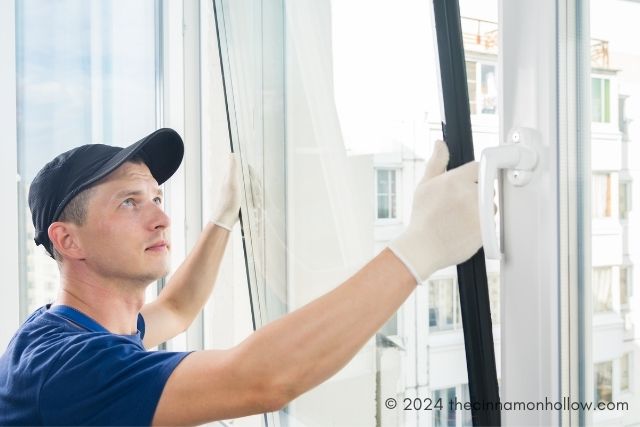A water leak can cause severe damage to your home and its contents if not repaired promptly. Water stains on the floors, ceilings, and walls are typically the first signs of trouble, but not all problems are readily apparent.
All leaks are emergencies that indicate underlying issues. When there’s a leak, quick action prevents costly damage. Here are seven different ways to find leaks before scheduling plumbing repair.
Water Meter Testing
A simple leak detection strategy is to test the water meter. Turn off all taps and fixtures in the home and look at the water meter. Not all changes are immediate, and it may take a few hours to notice a difference. If the water meter moves, there’s a slow leak.
Pressure Testing
Another leak detection method is to test the home’s water pressure. Turn off all fixtures and measure the pressure. If it’s lower than usual, there’s likely a hidden leak, and you may need to call in local plumbing contractors to sort the problem.
Listen for the Sounds of Running Water
If there are no obvious signs of leakage, it may help to put an ear to the floor or the wall. Water leaks can often be heard through floors and walls long before signs become visible.
Check Appliances
When checking appliances for water leaks, disconnect them all until you’ve found the culprit. Water from faulty appliances can drip slowly, causing hidden and costly damage.
Check the Toilet
To see if there’s a leaky toilet in the house, drop some food coloring into the tank and allow it to sit overnight. If there’s color in the toilet bowl in the morning, there’s a leak.
Monitor Utility Bills
Water bills sometimes give hints about potential leaks. If your bills are higher than normal or there’s an unusual increase in usage, schedule leak detection and plumbing repairs.
Wet Walls and Visible Dampness
If family members notice visible wetness in the bathroom, laundry room, or kitchen, there’s probably a water leak. Leaks can cause extensive damage and mold growth if not fixed promptly. Protect your home and health by scheduling repairs at the first sign of a leak.
Leak Detection and Testing
Plumbers use two methods to detect leaks: isolation testing and hydrostatic testing. A hydrostatic test involves pressurizing the pipe or tank while monitoring the system’s water level, while an isolation test requires the blocking and pressurization of a certain section. When the pressure drops, further testing determines the location of the leak. Once the leak is found, a plumber can fix it and prevent additional damage.
Leak Detection and Repair Prevents Structural Damage
As most homeowners know, water leaks can cause substantial damage—and in many cases, that damage may go unnoticed. Water leaks may:
- Saturate insulation, causing it to lose its R-value.
- Crack, warp, and deteriorate wooden framework and roof decking.
- Soften and stain ceilings and walls.
- Warp and discolor flooring.
- Cause foundations to crumble and crack.
If you see any of these signs in the home, there’s a leak somewhere—and a local plumber will find and fix it.
Schedule Leak Repair
Water leaks may go unnoticed for years, causing expensive and widespread damage. If any of these methods reveal a leak in the home, schedule a leak repair with a local plumber to prevent further damage.






